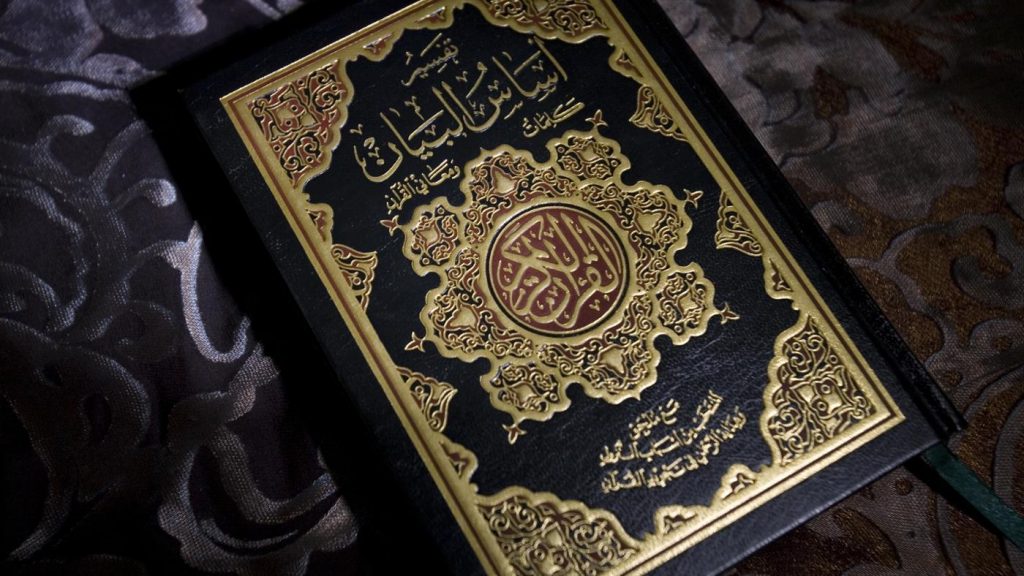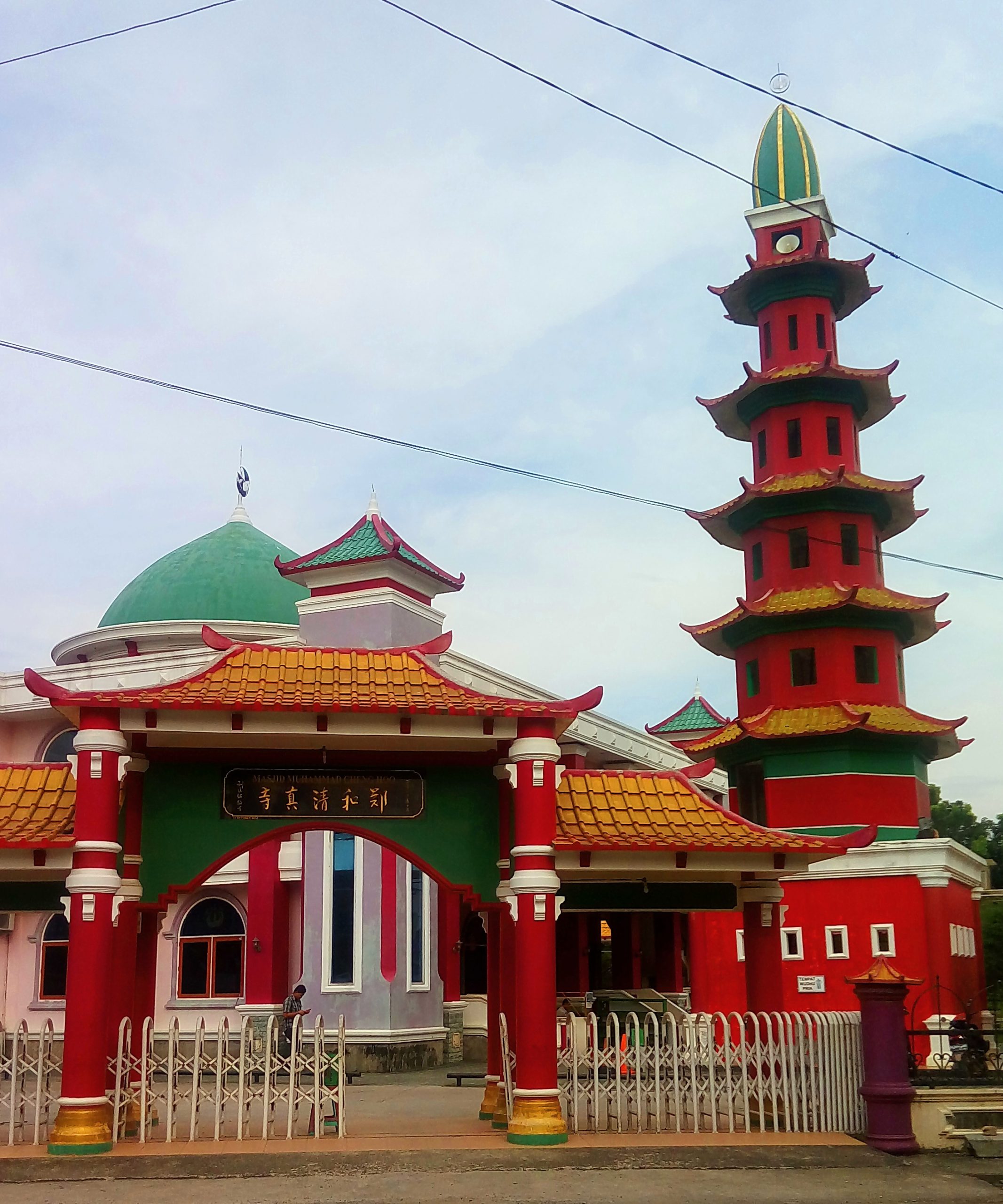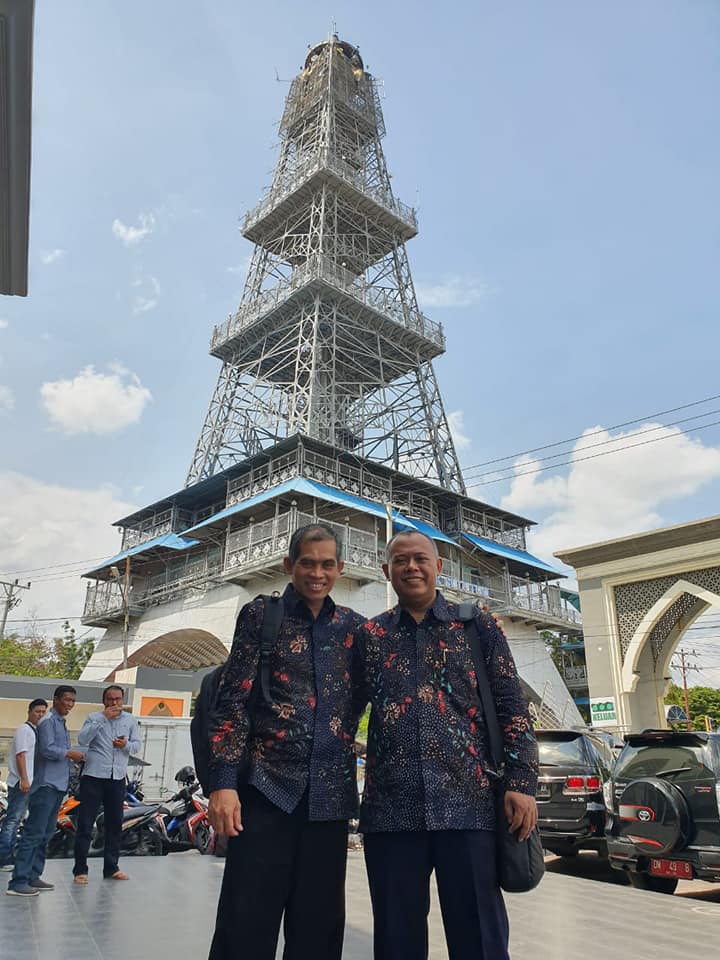
Between the northeast coast of Africa and central Asia lies the Arabian Peninsula. The people who live there are known as Arabs. At one time, most were Bedouins. They were herders who roamed the desert in search of grass and water for their camels, goats, and sheep. They lived in tents woven from camel or goat hair.
Bedouin worries raided other peoples and fought one another over pastures and springs. They valued camels and swords above all else. They enjoyed poetry and music. They believed in many Gots. They worshipped stones, trees, and pieces of wood that they believed were the homes of spirits with supernatural powers.
In the 600’s, a new religion called Islam appeared in the mountainous area of western Arabia known as the Hejaz. Within 100 years, an Arab empire based on Islamic beliefs had developed. It came to dominate an area larger than that of the Roman Empire.
Islam
The word Islam means “the act of submitting, or giving oneself over, to Allah.” The followers of Islam are called Muslims, which means “believers”.” The Islamic religion was founded by an Arab merchant named Muhammad. He came to be known as the prophet of Allah.
Islam shook the foundations of Byzantium and Persia, the two most powerful civilizations of the time. It made Arabic the common language of more than 90 million people. It came to shape a way of life for one out of every seven persons on earth.
Mecca
By the middle of the 500’s three mayor towns had developed in the Hejaz. They were Yathrip. Taif, and Meccaa. Of the three, Mecca was the largest and the richest.
Mecca was supported by trade and religion. Traders stopped there for food and water on their way north to Constantinople. Arab pilgrim, or travelers to a religious shrine, came there worship. Arabia’s holiest shrine, the ka’bah, stood in the center of Mecca. It was a low cube-shaped building surrounded by 360 idols. A black stone was imbedded in one of its walls. The people believed the stone had fallen from paradise. Nearby was zemzem, holy well.
According to legend, the original ka’bah had stood in heaven. When Adam was forced to leave the Garden of Eden, he built a structure on earth exactly like the one in heaven. Nearby, Ishmael, the legendary founder of the Arabs, kicked open a well. Mecca grew up around the ka’bah and the well.
- Why was Mecca an important Arabian town?
- What legend was told about the ka’bah? About the zemzem?
Greenblatt, Miriam. 1985. Human Heritage a World History, Charles E. Merrill Publishing Co. A Bell and Howel Company. Columbus. Ohio. 43216






